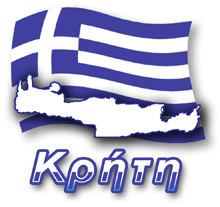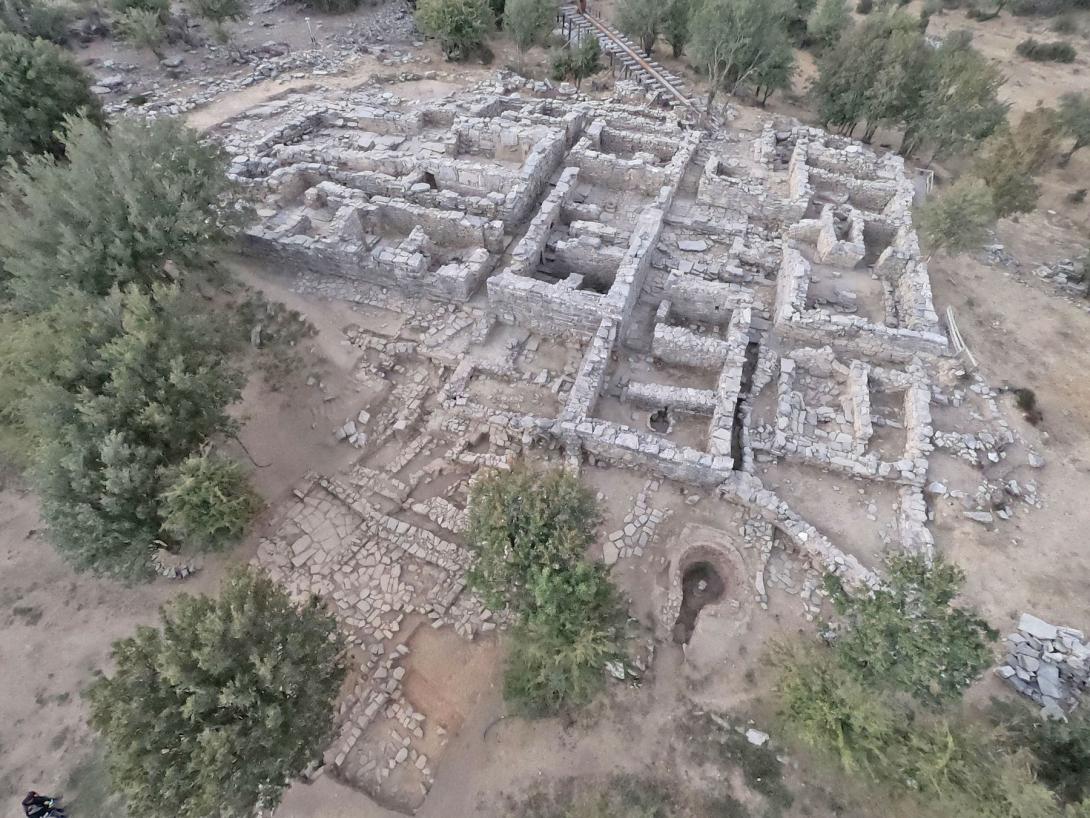
 2025-05-28 19:45:12
2025-05-28 19:45:12
It is hard to imagine a bigger surprise for lovers of ancient excavations than our current news. After more than 40 years of archaeological work and recent infrastructure preparations, the former Minoan palace in Zominthos on Crete has finally been opened to visitors. What makes this palace unique is its location , because it is located at an altitude of 1,200 meters above sea level in the Psiloritis massif. It is the first and so far the only place of this type found so high.

Excavations in Zominthos - photo source https://www.ekriti.gr/
To reach Zominthos, you first need to drive to the village of Anogia, then follow the road south towards the Nida plateau. After about 7 km, you should come across the remains of this former Minoan palace. The mayor of Anogia announced the opening of the excavations. They can be visited every day except Tuesdays between 8:30 and 16:30. At the moment, we do not have information on ticket prices.
Zominthos was discovered in 1982 by archaeologist Yannis Sakellarakis. Discoveries of great caliber are often a matter of chance. This is what happened here. In 1982, Sakellarakis was conducting archaeological work in the nearby Ida cave. When he came across a fragment of an ancient wall, one of the local shepherds, with whom Sakellarakis was talking at the time, mentioned the name Zominthos. The next day, the archaeologist visited the place indicated by the shepherd, where he quickly identified traces of an ancient Minoan residence. However, at first, even he did not expect how great a discovery he had made. "When we started our research in Zominthos, we did not believe that it was a Minoan palace," said Sakellarakis. At first, he assumed that the remains found were a Minoan villa, but these were built only during a certain period of time, and research indicated that the building Sakellarakis came across was much older. The history of Zominthos dates back to 2000-1900 BC.
The official beginning of excavations at Zominthos took place in 1983. Yannis Sakellarakis led the excavations until his death in 2010. The project was later taken over by Efi, Sakellarakis’ wife and long-time collaborator. Efi began to use a range of modern techniques, including laser scanning and 3D imaging, to survey and document the site. Efi Sapouna-Sakellaraki also prepared a scientific publication containing the results of the research conducted at Zominthos.
The discovered palace complex currently has an area estimated at around 1,800 m², which includes 71 rooms, including ceramic workshops, warehouses, halls with frescoes. The palace was expanded twice and in some places even had three floors. It is smaller than the lower Minoan palaces and has retained a more mountainous character. According to researchers, however, it was in no way inferior in terms of luxury to larger buildings of this type. Among other things, it had access to fresh water supplies. The architecture of the palace is complex with numerous corridors, stairs and multi-level rooms, which is evidence of the advanced spatial and technological organization of the Minoans. The preserved walls reach up to 3 meters in places.
The palace had administrative and religious functions, and was also the political and economic centre of the region, managing the resources of the Psiloritis region, such as wool, medicinal herbs and aromatic plants. It is believed that Zomintos was not inhabited all year round, but served as a seasonal residence, when in summer the flocks of sheep were moved to higher, cooler areas.
The palace was probably abandoned after a major earthquake around 1600 BC, but appears to have been re-occupied after the Bronze Age and then in Roman times.
The opening of Zominthos to visitors is an important step in promoting the cultural heritage of Crete. Thanks to financial support from EU funds in the amount of 460,000 euros, infrastructure works have been carried out, such as fencing the area, construction of a parking lot, toilets and paths for visitors.
Zominthos not only offers insight into the lives of the Minoan elite, but is also an excellent place to study the adaptation of civilization to mountain conditions. For tourists, it is a unique opportunity to learn about a lesser-known but incredibly fascinating aspect of Cretan history.
A visit to Zominthos will not only be an extraordinary journey through time, but also an opportunity to experience the harmony between ancient architecture and the raw beauty of the mountainous landscape of Crete.
Komentarze
Wypełnij poniższy formularz aby dodać komentarz
lub kliknij w poniższy link aby skorzystać z możliwosci komentowania przez facebooka:
https://www.facebook.com/crete.poland/posts/1106694948171435